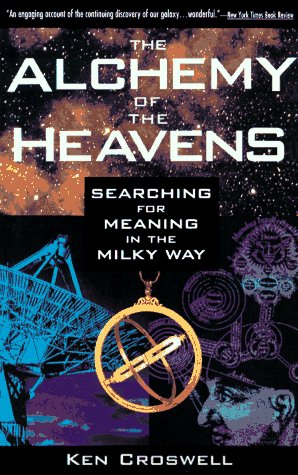
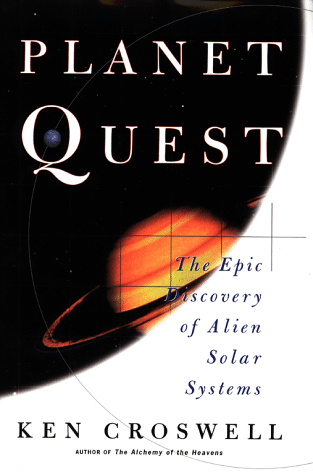
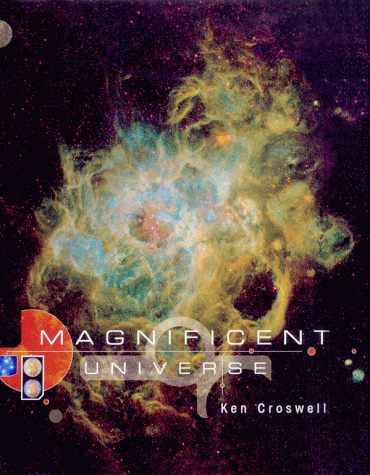
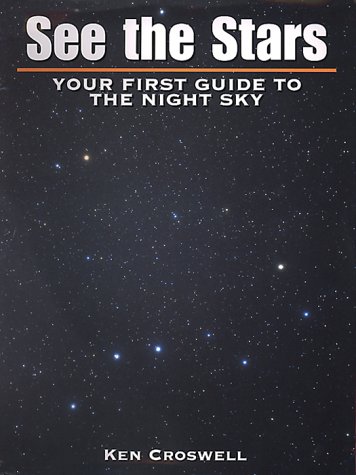
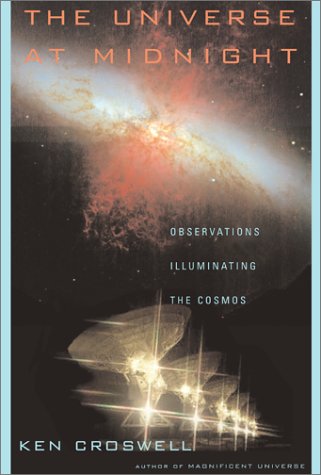
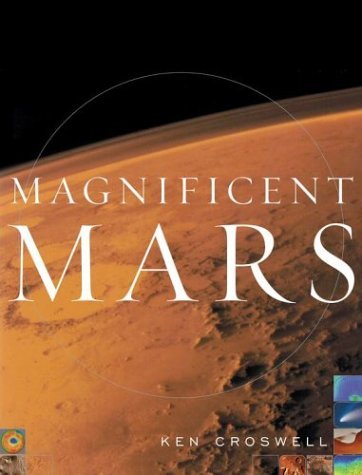
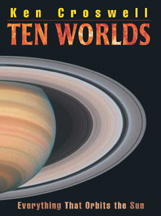
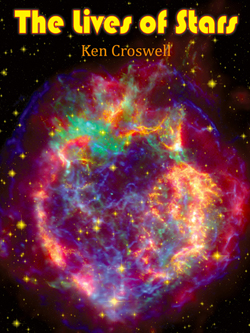
| BOOKS | F. A. Q. | ARTICLES | TALKS | ABOUT KEN | DONATE | BEYOND OUR KEN |
|---|
By Ken Croswell
Published on NewScientist.com (May 2, 2013)
The Milky Way was supposed to be a prospector's paradise, studded with planets made of diamond. But it seems these carbon-rich worlds are actually much rarer than imagined--and that may be good news for life.
Material left over from a star's birth becomes a swirling disc of debris that can coalesce into planets. So stars born with more oxygen than carbon have rocky planets that are carbon-poor. That's what happened in our solar system, where oxygen atoms outnumber carbon two to one, and it explains why Earthly rock is mostly oxygen-bearing silicates.
Stars born with more carbon than oxygen, on the other hand, should give rise to carbon planets. Such a world's internal pressure would squeeze some of the element into a thick layer of diamond. In 2010, based on existing observations of Sunlike stars, Jade Carter-Bond of the University of New South Wales in Sydney, Australia, estimated that a third of all rocky planets might be carbon worlds.
"It's a fun idea," says Jonathan Fortney of the University of California, Santa Cruz, "but I do think it has been kind of one-sided." The problem is that it is hard to make out carbon-to-oxygen ratios in the spectra of warmer stars like the Sun, leaving room for uncertainty in existing measurements. Last year Fortney noted that red dwarf stars are cool enough to see strong signs of carbon in their atmospheres--and no more than 1 in 1000 is carbon-rich, even though red dwarfs are the most common stars in the Galaxy. The prospects for planet-scale diamond mining suddenly seemed much more remote.
Now Poul Nissen of Aarhus University in Denmark has scrutinised 33 Sunlike stars known to host planets. Based on earlier observations, some appeared to have more carbon than oxygen, hinting that they might host diamond worlds.
"I got very suspicious about those high carbon-to-oxygen ratios," Nissen says. So he did a new, more detailed analysis of the stars' spectra and compared them with that of the Sun itself. He found that all 33 stars have more oxygen than carbon, supporting the notion that diamond worlds are much rarer than had been thought.
"They're more likely to be the oddity rather than the general rule," agrees Carter-Bond. Nissen's observations have also convinced another carbon-planet advocate, Marc Kuchner of NASA's Goddard Space Flight Center in Greenbelt, Maryland. He now estimates there's only one carbon planet for every 1000 silicate worlds, at least in our part of the Galaxy. "That's down quite a bit from before," he says.
It's bad news for galactic bling, but could be a boon for treasure hunters of a different sort: those seeking extraterrestrials. Carbon planets would probably be dry and lifeless, but silicate worlds like ours will have plenty of oxygen and therefore a better chance of hosting water--a key ingredient for life as we know it.
Ken Croswell earned his Ph.D. in astronomy from Harvard University and is the author of The Alchemy of the Heavens and The Lives of Stars.
"An engaging account of the continuing discovery of our Galaxy...wonderful." --Owen Gingerich, The New York Times Book Review. See all reviews of The Alchemy of the Heavens here.
"A stellar picture of what we know or guess about those distant lights."--Kirkus. See all reviews of The Lives of Stars here.
| BOOKS | F. A. Q. | ARTICLES | TALKS | ABOUT KEN | DONATE | BEYOND OUR KEN |
|---|